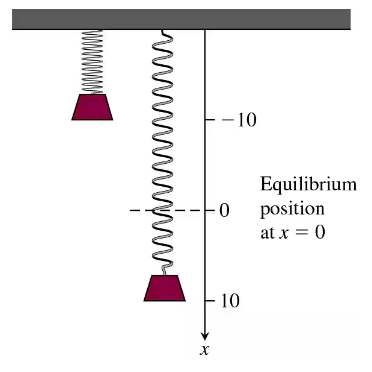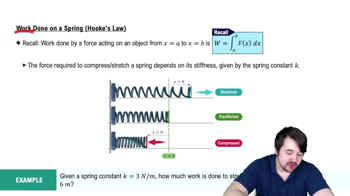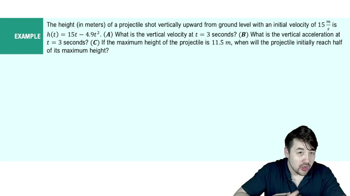Radians and Degrees
On a circle of radius 10 m, how long is an arc that subtends a central angle of (a) 4π/5 radians? (b) 110°?

 Verified step by step guidance
Verified step by step guidance Verified video answer for a similar problem:
Verified video answer for a similar problem:



 5:4m
5:4mMaster Converting between Degrees & Radians with a bite sized video explanation from Patrick
Start learning